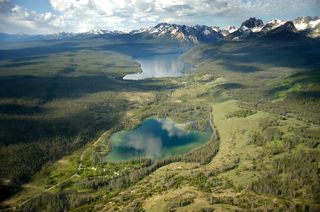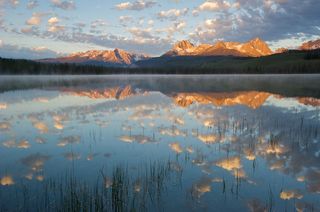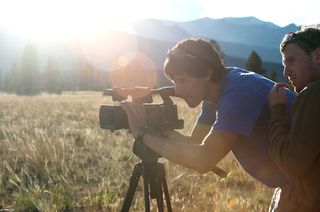
It's my third day shooting a film for the non-profit about a select group of fish that swim 800 miles, the longest salmon migration in the world, from the Pacific Ocean to Idaho's 10,000-foot Sawtooth Mountains. I'm joined in Stanley, Idaho, by filmmaker Andy Maser and Neil Ever Osborne, a Canadian photographer from the . It turns out, it's ridiculously hard to shoot footage of endangered species in the wild. HereÔÇÖs a few ways to make it easier.

Know your species: Collaborate with local scientists who can help you identify habitat and behavior. Chinook, for instance, build their redds (gravel nests where the fish spawn) in egg-sized rocks that collect on top of riffles. Sockeye only spawn in lakes. Find researchers you can connect with by asking land management organizations: the BLM, the Forest Service, the Park Service, etc.
Know the area:╠ř░Ň│ˇ▒╠ř╠řmakes brilliant topographic maps that will╠řidentify habitat types, and more importantly, show the roads to access them. But locals, like the guy at the gear shop, know the most. ╠ř

╠ř
Patience and ingenuity:╠řAfter Forest Service biologist Russ Thurow gave Neil Ever Osborne the go ahead, he placed his camera on the outer edge of a redd and waited for the salmon to spawn. It hasn't produced an image yet, but the point is, getting the best shot takes adapting to the species. We'll see if Neil's technique works. ╠ř
–Kyle Dickman╠ř
–Photos by Neil Ever Osborne╠ř